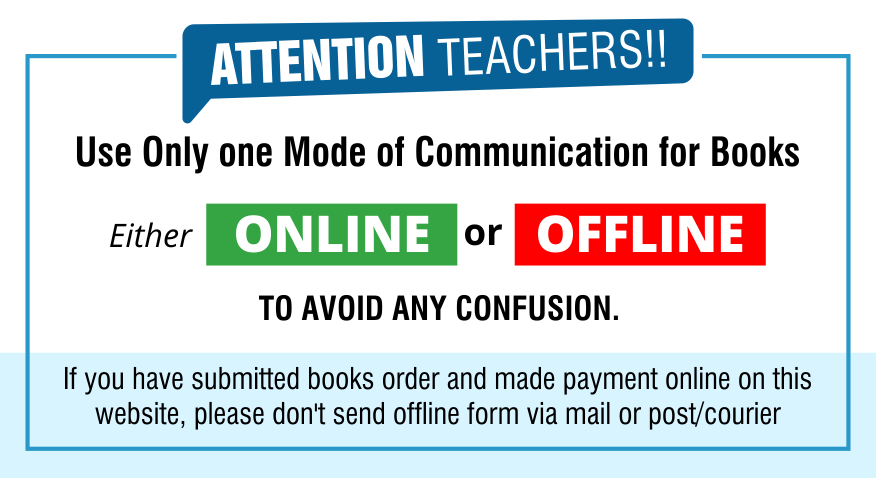The chapter Human Health and Diseases is one of the most important topics in CBSE Class 12 Biology. It helps students understand how the human body maintains health, fights infections, and prevents diseases through immunity. Whether you’re revising from your CBSE Class 12 books, practicing with CBSE Class 12 sample papers, or using CBSE Class 12 reference books, this summary will strengthen your core concepts and help you prepare effectively for board exams.
Also Check – Ecosystem Class 12 Notes PDF | Quick Revision for CBSE Biology
Human Evolution Concept Map Class 12 Biology PDF | Free Download for Quick Revision
1. Understanding Health and Diseases
Health is not just the absence of disease. According to the World Health Organization (WHO), it’s a state of complete physical, mental, and social well-being. A healthy body functions properly, maintains balance (homeostasis), and can adapt to changes in the environment.
However, health can be disturbed by several factors — genetic disorders, infections, nutritional deficiencies, poor lifestyle habits, and environmental stress. These factors lead to diseases that can be broadly classified as congenital or acquired.
2. Types of Diseases
(a) Congenital (Genetic) Diseases
-
Present since birth and caused by genetic or chromosomal defects or due to prenatal environmental factors (e.g., infections, drugs).
- Many are manageable and some are treatable/correctable; severity varies.
- Examples: Haemophilia, Down syndrome, Sickle-cell anaemia.
(b) Acquired Diseases
-
Develop after birth due to infection, diet, or environmental factors.
-
Divided into:
-
Communicable (infectious): Spread from one person to another (e.g., Tuberculosis, Typhoid, Malaria).
-
Non-communicable: Caused by deficiency, allergy, or lifestyle (e.g., Diabetes, Obesity, Hypertension).
-
These disease classifications are well explained in the MTG CBSE Champion Biology Class 12 book, one of the top CBSE Class 12 PYP books for board preparation.
3. Common Communicable Diseases
Communicable diseases are caused by pathogens like bacteria, viruses, protozoa, and fungi. Knowing their causes, symptoms, and preventive measures is crucial for exams.
A. Viral Diseases
| Disease | Pathogen | Transmission | Prevention/Treatment |
|---|---|---|---|
| Polio | Poliovirus | Fecal–oral route | IPV (Salk, injectable) / OPV (Sabin, oral) immunization |
| Dengue | Flavivirus | Aedes mosquito bite (A. aegypti / A. albopictus) | Mosquito control; supportive care, fluids; avoid NSAIDs like aspirin |
| Chikungunya | Chikungunya virus | Mosquito bite | Rest, hydration, paracetamol (symptomatic) |
| Common Cold | Rhinoviruses (commonly) | Self-limiting; symptomatic relief (rest, decongestants) |
B. Bacterial Diseases
| Disease | Pathogen | Mode of Spread | Vaccine/Treatment |
|---|---|---|---|
| Typhoid | Salmonella typhi | Contaminated water | Antibiotics; Typhoid vaccine available (Widal is diagnostic, not treatment) |
| Pneumonia | Streptococcus pneumoniae | Droplet infection | PCV/PPSV vaccines; appropriate antibiotics |
| Cholera | Vibrio cholerae | Contaminated water | ORS, rehydration ± antibiotics; oral cholera vaccines available |
| Tuberculosis | Mycobacterium tuberculosis | Droplet infection | BCG (protects against severe childhood TB); multi-drug anti-TB therapy |
| Diphtheria/Whooping Cough | Corynebacterium diphtheriae, Bordetella pertussis | Airborne | DPT/DTaP/Tdap vaccines; diphtheria antitoxin + antibiotics |
These tables and summaries make this chapter a must-read in your CBSE Class 12 books and perfect for quick revision from CBSE Class 12 sample paper books before exams.
4. Malaria – Key Case Study
- Causative agent: Plasmodium (protozoan parasite)
- Vector: Female Anopheles mosquito
- Hosts: Mosquito = definitive host (sexual phase); Human = intermediate host (asexual phase)
The Plasmodium life cycle involves two hosts — humans (as intermediate hosts) and mosquitoes (as primary hosts). The parasite infects liver cells, then red blood cells, causing periodic fevers due to the release of toxins.
Symptoms: Chills, fever, sweating, fatigue.
Treatment: ACT (artemisinin-based combination therapy) is first-line; chloroquine only where sensitivity remains; supportive care.
Prevention: Avoid mosquito bites, eliminate stagnant water, and use mosquito nets.
5. Immunity and Vaccination
Immunity is the body’s ability to resist infection.
It can be:
-
Innate Immunity: Natural defense present from birth (skin, mucous membranes).
-
Acquired Immunity: Developed after infection or vaccination.
-
Active Immunity: Body produces its own antibodies (e.g., after vaccination).
-
Passive Immunity: Antibodies transferred from another source (e.g., maternal IgG to fetus; IgA in milk).
-
Vaccination: Central to disease prevention. In India’s Universal Immunization Programme (UIP), vaccines like BCG, OPV/IPV, DPT/DTaP, etc., are scheduled—frequently tested in boards.
6. Lifestyle Diseases and Prevention
Modern health issues like obesity, diabetes, hypertension, and heart disease are caused by poor lifestyle habits — unhealthy diet, lack of exercise, and stress.
Preventive measures: Balanced nutrition, regular exercise, adequate sleep, stress management, no tobacco or alcohol abuse.
7. Exam Preparation Tips
-
Revise key terms and disease classifications regularly.
-
Practice short-answer and assertion-reason questions using CBSE Class 12 sample paper books.
-
Download CBSE Class 12 sample papers free PDF to test yourself before the exam.
-
Use CBSE Class 12 reference books like MTG CBSE Champion Biology for detailed concept explanations and MCQs.
Final Words
This Human Health & Diseases PDF from MTG’s CBSE Champion Biology Class 12 is your go-to tool for a quick yet complete revision. It includes diagrams, flow charts, and summary tables that make last-minute prep easier. Combine it with your CBSE Class 12 books and sample papers to score high in Biology!






























